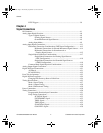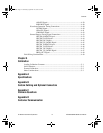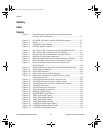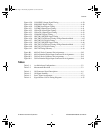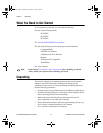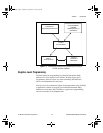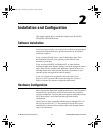
©
National Instruments Corporation 1-1 PCI-6023E/6024E/6025E User Manual
1
Introduction
This chapter describes the PCI-6023E, PCI-6024E, and PCI-6025E boards,
lists what you need to get started, gives unpacking instructions, and
describes the optional software and equipment.
Features of the PCI-6023E, PCI-6024E, and PCI-6025E
Thank you for buying a National Instruments PCI-6023E, PCI-6024E, or
PCI-6025E board. The PCI-6025E features 16 channels (eight differential)
of analog input, two channels of analog output, a 100-pin connector, and
32 lines of digital I/O. The PCI-6024E features 16 channels of analog
input, two channels of analog output, a 68-pin connector and eight lines of
digital I/O. The PCI-6023E is identical to the PCI-6024E, except that it
does not have analog output channels.
These boards use the National Instruments DAQ-STC system timing
controller for time-related functions. The DAQ-STC consists of three
timing groups that control analog input, analog output, and general-purpose
counter/timer functions. These groups include a total of seven 24-bit and
three 16-bit counters and a maximum timing resolution of 50 ns. The
DAQ-STC makes possible such applications as buffered pulse generation,
equivalent time sampling, and seamless changing of the sampling rate.
With other DAQ boards, you cannot easily synchronize several
measurement functions to a common trigger or timing event. These boards
have the Real-Time System Integration (RTSI) bus to solve this problem.
The RTSI bus consists of the National Instruments RTSI bus interface and
a ribbon cable to route timing and trigger signals between several functions
on as many as five DAQ boards in your computer.
These boards can interface to an SCXI system—the instrumentation front
end for plug-in DAQ boards—so that you can acquire analog signals from
thermocouples, RTDs, strain gauges, voltage sources, and current sources.
You can also acquire or generate digital signals for communication and
control.
PCI.book Page 1 Wednesday, September 16, 1998 9:09 AM



